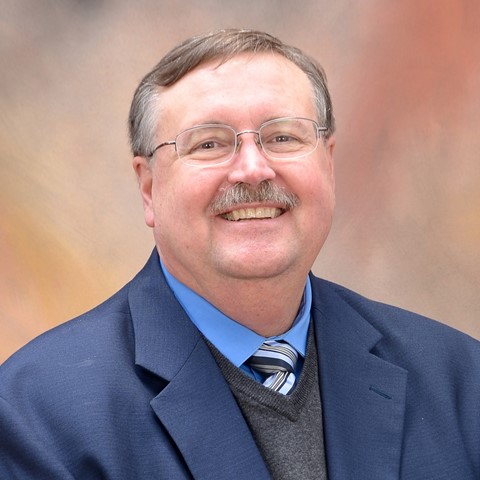My View: There's more than one way to win a race

I’ve seen a number of negative reactions to the language adopted by the National Council of Insurance Legislators in model legislation regarding a medical loss ratio for dental plans.
It is understandable that there would be some disappointment with not getting exactly the language that was hoped for in such a negotiation, but it is important to understand what the model legislation says and how this organization works. Accepting this language in this particular forum does not mean that the ADA has changed their position regarding the need to establish acceptable levels of loss ratio for dental plans or that this negotiation represents an Association “loss” to the insurance industry. On the contrary, if it is anything, it is an acquiescence by the insurance industry to hold themselves more accountable to those that are covered by their plans.
To understand the model legislation, it is important to know what NCOIL is. This is an organization of self-selected legislators with an interest in legislation regarding insurance. It includes legislators from across the political spectrum. Members’ interests may come from their legislative or regulatory experience or from personal professional ties to the insurance industry. This is important to recognize because most NCOIL model legislation balances both insurance industry and regulatory interests. In fact, it is this balance that encourages state legislatures to consider NCOIL legislation because some negotiation has been pre-engineered into it.
The NCOIL legislation takes a different approach to establishing a benchmark MLR from the ballot measure in Massachusetts and legislation in several other states. Instead of establishing an immediate loss ratio, it forces the MLR to gradually increase over time. It does this by requiring dental plans that chronically under-perform to meet an MLR at the level of the mean. As more companies are required to meet an MLR at the mean, the level of underperformance that triggers a mandatory MLR becomes less. At the same time, the reporting requirement increases transparency, which makes it easier for plan purchasers to choose plans with a higher MLR. If companies raise their MLR to remain competitive, the mean for all plans will rise, which consistently raises the bar for the under-performers.
You could think of it like grading on a curve without B’s or D’s. A C (the mean) might be passing, but you can’t afford to aim for a C because if you end up on the wrong side of the mean you might get stuck with an F. So, as more companies aim for between an A and a C the mean gradually rises. Legislators like it because the market selects the winners and losers rather than the legislature. (Teachers like that too.) Insurers might be feeling like they’ve dodged a bullet right now, but if states adopt this legislation, they won’t dodge it for long if they don’t improve their loss ratio.
So why bother with NCOIL, if we’re going to have to negotiate? As exciting as the win in Massachusetts was, neither the states nor the ADA have the resources to pull off that kind of media intensive battle in every state, particularly when there are plenty of other dental benefits reforms needed. Some state associations may have enough political clout, but many need to attract the attention of legislators with a known entity like NCOIL to get the door open. Even if those states’ goal is to set absolute benchmarks for MLR, the existence of the NCOIL model legislation gives the issue legitimacy in the eyes of many legislators.
I would urge everyone to take some time understanding the NCOIL model legislation before concluding that it was a bad deal for the ADA. I’m sure that the ADA will support states as they pursue whatever model they think can be successfully adopted in their state, but now there is also a choice of a model which legislators may find more palatable, and insurers will find difficult to oppose. Keep in mind that it was the tortoise that won the race, not the hare.
Dr. Schripsema is the executive director of the New Mexico Dental Association.



